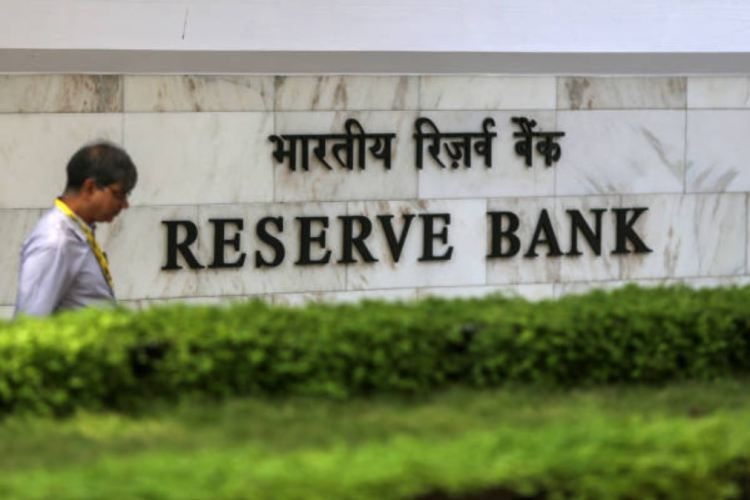
RBI’s inflation target: India’s inflation regime is built around a simple anchor: a 4% consumer price index (CPI) target, with a tolerance band of two percentage points on either side. Introduced in 2016 under the flexible inflation targeting (FIT) framework, the system is reviewed every five years. The second review is due in March 2026, and the Reserve Bank of India (RBI) has opened a discussion paper to test whether the framework remains fit for purpose.
At stake are four questions: Should the 4% target continue? Should it be replaced with a range? Should the tolerance bands be adjusted or scrapped? And should policy focus on headline inflation or the narrower measure of core inflation?
READ | Heatwaves and ageing: India’s silent mortality burden
Lessons from the Last Review
The first review, in March 2021, chose continuity—retaining the 4% target and the 2% tolerance band till 2026. That decision worked reasonably well: inflation averaged 4.9% under the regime, compared with 6.8% in the preceding period. The framework gave the Monetary Policy Committee (MPC) the flexibility to prioritise growth during the pandemic, while retaining accountability when inflation breached the 6% ceiling. RBI was required to explain deviations to the government and spell out corrective action, adding transparency to policymaking.
But as the second review approaches, policymakers are asking if the 4% target remains optimal for a large, fast-growing emerging economy that must balance growth ambitions with stability.
Why the Review Matters to Households
The outcome will directly affect household budgets. Headline inflation—which includes volatile food and energy prices—remains the primary measure. Any tightening of the tolerance band or change in target would influence the cost of essentials. Food accounts for the bulk of household spending: the 2023-24 Household Consumption Survey shows food and energy make up about 90% of rural and 50% of urban household budgets.
A tighter band or higher target would invite stricter monetary policy, raising borrowing costs and dampening affordability. A looser band could permit greater price volatility, eroding purchasing power. For most citizens, the fight against inflation is not an abstract policy debate but a matter of daily survival.
Headline vs Core Inflation
Globally, headline inflation is the preferred target, and India is no exception. Former RBI Governor Shaktikanta Das has argued that excluding food from the index would disconnect the target from lived realities, given food’s heavy weight in consumption baskets. Cross-country evidence shows that nearly all inflation-targeting central banks use headline CPI, regardless of development level. Only Uganda uses core inflation as the target.
The argument that India’s CPI base year of 2011-12 is outdated is countered by the latest Household Consumption Survey. While a revised base might reduce food’s weight, its dominance in spending patterns is unlikely to diminish significantly.
The Case for Staying the Course
Since adoption, FIT has anchored expectations and lowered average inflation. It has also enhanced transparency by requiring timely publication of MPC minutes and formal reporting when targets are breached. Empirical studies suggest that a 4% target balances macroeconomic stability with a zero output gap.
Raising the target to 6%, as some suggest, risks signalling a weaker commitment to price stability, undermining policy credibility and investor confidence at a time of global uncertainty. The RBI paper underlines that, although 48 countries have adopted inflation targeting, no major economy has shifted away from its chosen anchor once established.
RBI’s inflation target: Credibility and Confidence
Monetary policy rests on credibility. Trust is hard-earned and easily lost. Any shift—whether raising the target or moving from a point to a range—could create doubts about the RBI’s resolve. In an era of volatile global energy markets and geopolitical shocks, clarity of purpose matters.
The RBI has argued that sticking to a clear, simple, and trusted framework is the best way to maintain public confidence. As the March 2026 review approaches, the real question is not whether the 4% anchor is perfect, but whether tampering with it might cause greater harm than good.
Inflation management cannot rest on monetary policy alone. Food supply shocks, erratic monsoons, and global energy price swings drive much of India’s price volatility. A stronger inflation framework must therefore be paired with deeper structural measures: investment in agricultural storage and logistics to smooth food supplies, diversification of energy sources to cushion external shocks, and better forecasting systems to anticipate price movements.
Fiscal policy must also stay aligned, avoiding measures that amplify inflationary pressures. Only such a coordinated approach can ensure that the FIT regime works not just as a technical anchor, but as part of a wider policy strategy to safeguard growth and household welfare.
